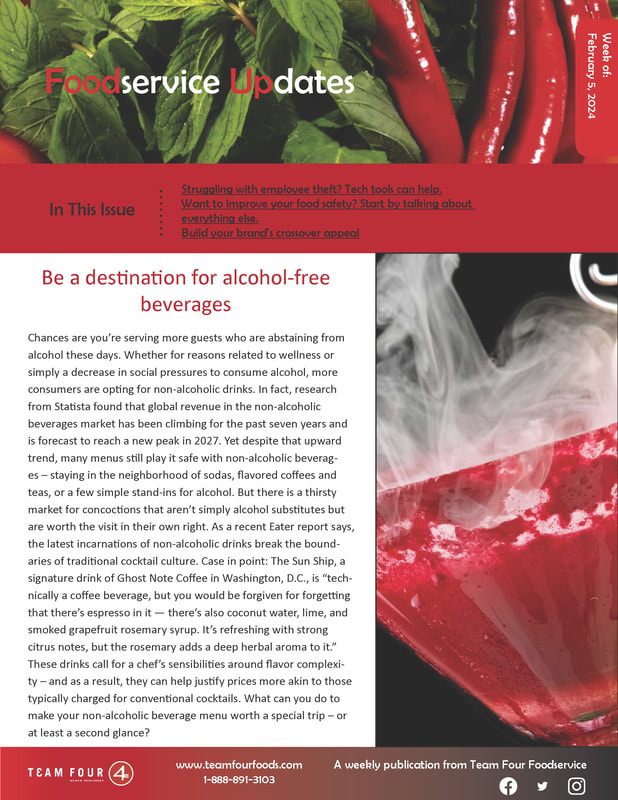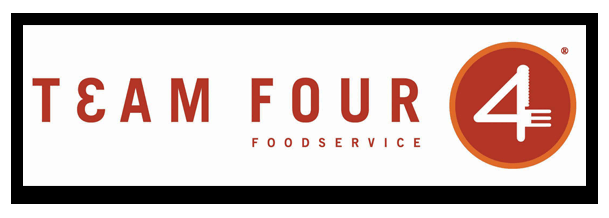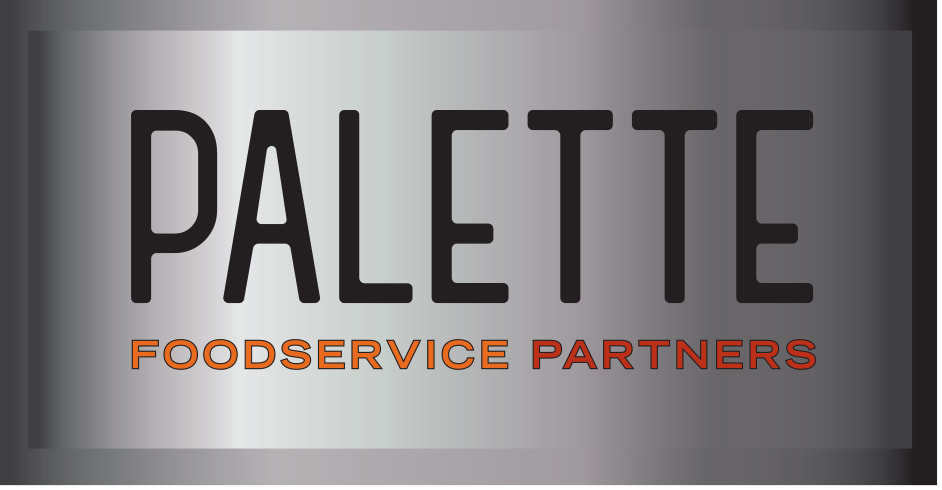 Want to decrease your risk of food poisoning for your guests? One important step you can take is offering paid sick leave. In a recent study by the Centers for Disease Control and Prevention, the agency tracked 800 illness outbreaks linked to 875 foodservice establishments over a two-year period and found that 40 percent of outbreaks with at least one reported factor were associated with food contaminated by an ill or infectious worker – or, in other words, a worker who should have been out sick but was working. Offering paid sick leave can be a difficult possibility to consider at a time when foodservice operations are short-staffed as it is, but it’s preferable when you consider the broader picture: You’re spreading infection to guests and other employees, and potentially causing financial and reputational damage to the brand. In one telling example from a few years ago, a national restaurant brand reported losing $1 billion in value over a five-day period after just one employee came to work with norovirus and the store employing the person did not follow its protocols about staff illness. Yet even when the risk-benefit analysis demonstrates the damage that can result when an employee comes to work sick, many studies have shown that the majority of sick employees of foodservice businesses still report to work – often because they can’t afford to lose pay or feel pressured by their employer to do so. Offering some paid time off for sick leave can serve as a safety net for both your staff and your business.  Enhance your risk management culture Taking a more proactive approach to risk management in your business can save you significant money and time in the long run – helping you avoid costly insurance claims, repeat safety inspections, business interruptions and other drains on resources that you’d rather direct to improving your overall operation. Could risk management be woven into your culture more tightly this year? It can help to look across your operation to assess risks as diverse as your potential for equipment problems, food safety concerns and cybersecurity vulnerabilities. Connect your risks to daily tasks that help you identify and respond to problems. Assess where staff training is needed to reinforce the actions your business needs to take to manage these issues day to day. Then make it possible to track these actions – by tying each task to a person on staff and using automated dashboards and checklists that make it easy to monitor when jobs are completed and missed. To manage evolving risks to cybersecurity, conduct regular testing with the help of your vendor, limit system access to key personnel, and ensure you’re using protections such as multifactor authentication and encryption as additional data safeguards.  Making food safety lessons stick When you think back on the best teachers you had when you were in school, they most likely weren’t the ones who talked at you during class, expecting you to soak up everything they said or assigned homework. Yet this is how food safety training goes in many organizations. Making these lessons take hold in the minds of employees calls for a different approach. In a recent podcast discussion, Adam Spach (founder of KAS Concepts, the home of No Boring Training) and food safety experts Matthew Regusci and Francine Shaw covered what tends to make food safety training sessions more effective in getting through to participants. Of course, it’s important to teach people the right steps to take to protect safety – but just as important are the why and the how behind the actions. For example, why is it important to take the temperature of a food? Well, a person could end up in the hospital if they eat food that hasn’t been thoroughly cooked. The restaurant could even go out of business. To illustrate this, you can share some real-life examples of when this has happened for restaurants. Attaching specific stories to lessons can help them sink in – there are plenty of them available on sites such as stopfoodborneillness.org. Shaw also suggested adjusting how content is shared, encouraging the use of mnemonic devices to help people make associations to food safety knowledge. For example, you might help people remember that poultry needs to be cooked to the highest temperature as compared to other animal proteins by saying that “birds fly high.” Above all, it’s important to make food safety training feel less like a lesson and more like a conversation. It helps to encourage food safety discussion not only in classroom settings, but also in team huddles and one-on-one meetings. This can also encourage people to share their own examples of things they have seen on the job that may serve as learning opportunities for others.  It may sound counterintuitive: You want to train your staff to improve in a particular aspect of food safety, so why not drill down on that problem so you can address it? According to a recent podcast interview with Tia Glave and Jill Stuber, cofounders of the consulting firm Catalyst, you get a lot farther by building interpersonal connections first. In their work with food safety leaders, Glave and Stuber recommend focusing on three P’s – who their employees are personally, who they are professionally, and what their priorities are. When your staff feels like you are invested in those dimensions of their lives, they tend to be far more open about information they are collecting on the job – details that can help you identify food safety issues and understand personality traits that may be posing problems on the team. From there, you have a better chance of identifying how best to present lessons to the team, helping them understand why they are important, and motivating them to improve. |
subscribe to our newsletterArchives
April 2024
Categories
All
|



 RSS Feed
RSS Feed